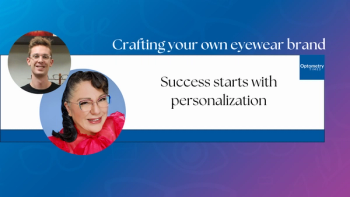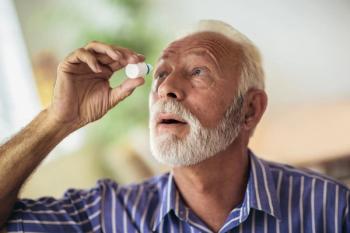
Omega 3, 6 relieve dry eye symptoms
Many optometrists recommend or prescribe fish oil supplements to their patients with dry eye, but not many realize that there have never been any randomized, controlled trials conducted to establish that fatty acids such as the omega 3s found in fish oil work to relieve symptoms of dry eye.
"We all like to have legitimate science behind what we're doing, so I did some research to find out how many randomized controlled clinical trials have been conducted that show that omega-3 fatty acids work to treat dry eyes. I came up with zero," Dr. Anshel said. "But they do work, and we all know it."
Although there are observational studies that indicate a positive effect of omega-3s on dry eye disease, some doctors discount that type of research, Dr. Anshel noted.
Nutritional missteps
Without clinical trials, optometrists can be left without any "official" guidance on treating patients with fatty acid supplements, and may make some missteps, Dr. Anshel said.
For example, some practitioners may think of the omega-3 fatty acids available through fish oil supplements as the only therapy patients with dry eye need.
"When you look at how omega-3 are metabolized, you can see that they're very helpful for meibomian gland function," Dr. Anshel said. "But that's only one aspect of dry eye. We need to address all the different aspects of dry eye disease, which include the meibomian glands, the three layers of the tear film, and the anterior surface of the cornea. There are many different nutrients we can use to do that, and which allow us to use subtler amounts of fish oil to achieve greater benefit."
According to Dr. Anshel, these nutrients include vitamin A for corneal epithelial cell health; vitamin B6 that promotes the metabolic pathway; vitamin C to enhance the immune system and reduce inflammation; vitamin D to balance vitamin A and also enhance the immune system; vitamin E to reduce oxidation in the supplement pill; and lactoferrin to reduce the likelihood of infection.
Newsletter
Want more insights like this? Subscribe to Optometry Times and get clinical pearls and practice tips delivered straight to your inbox.
















































.png)


